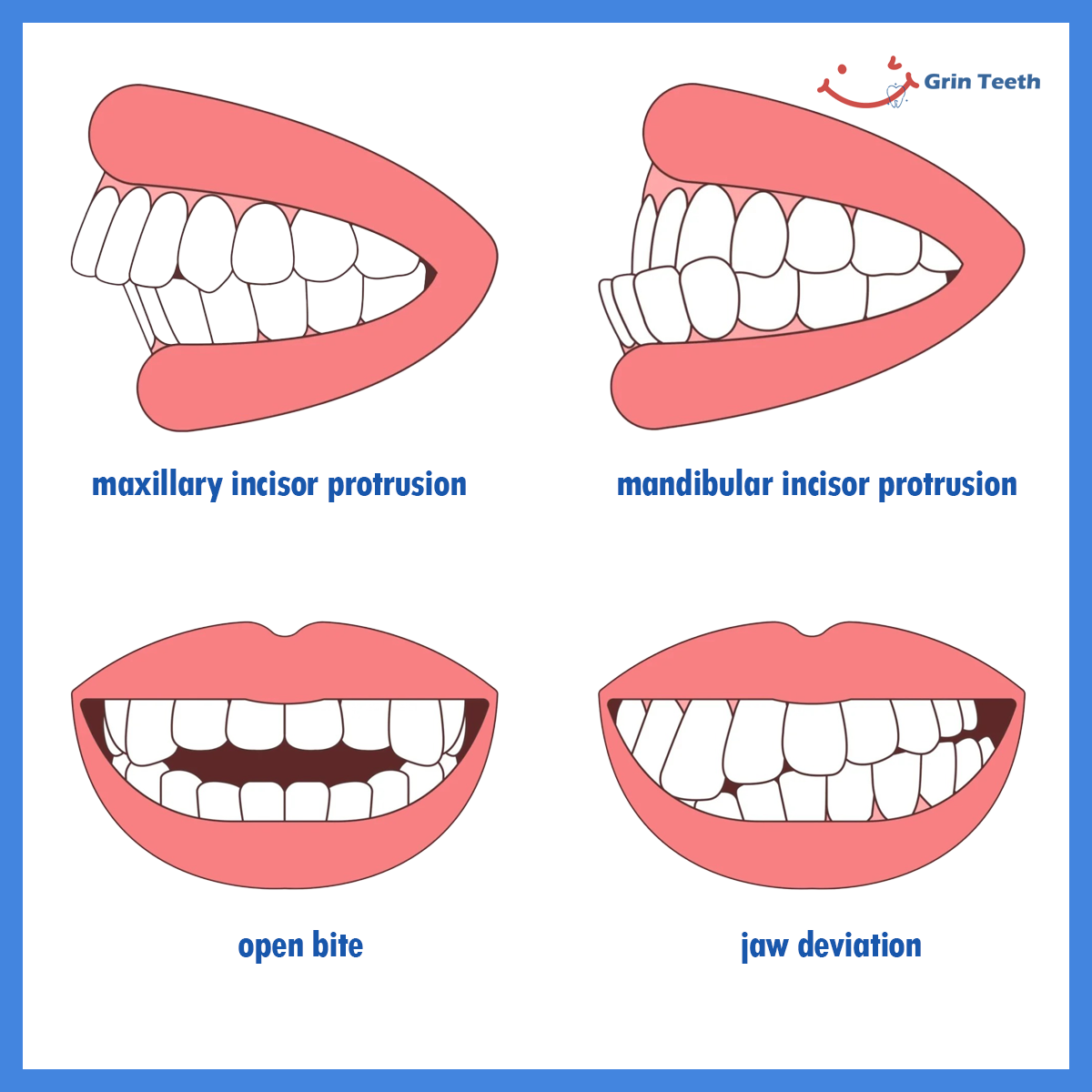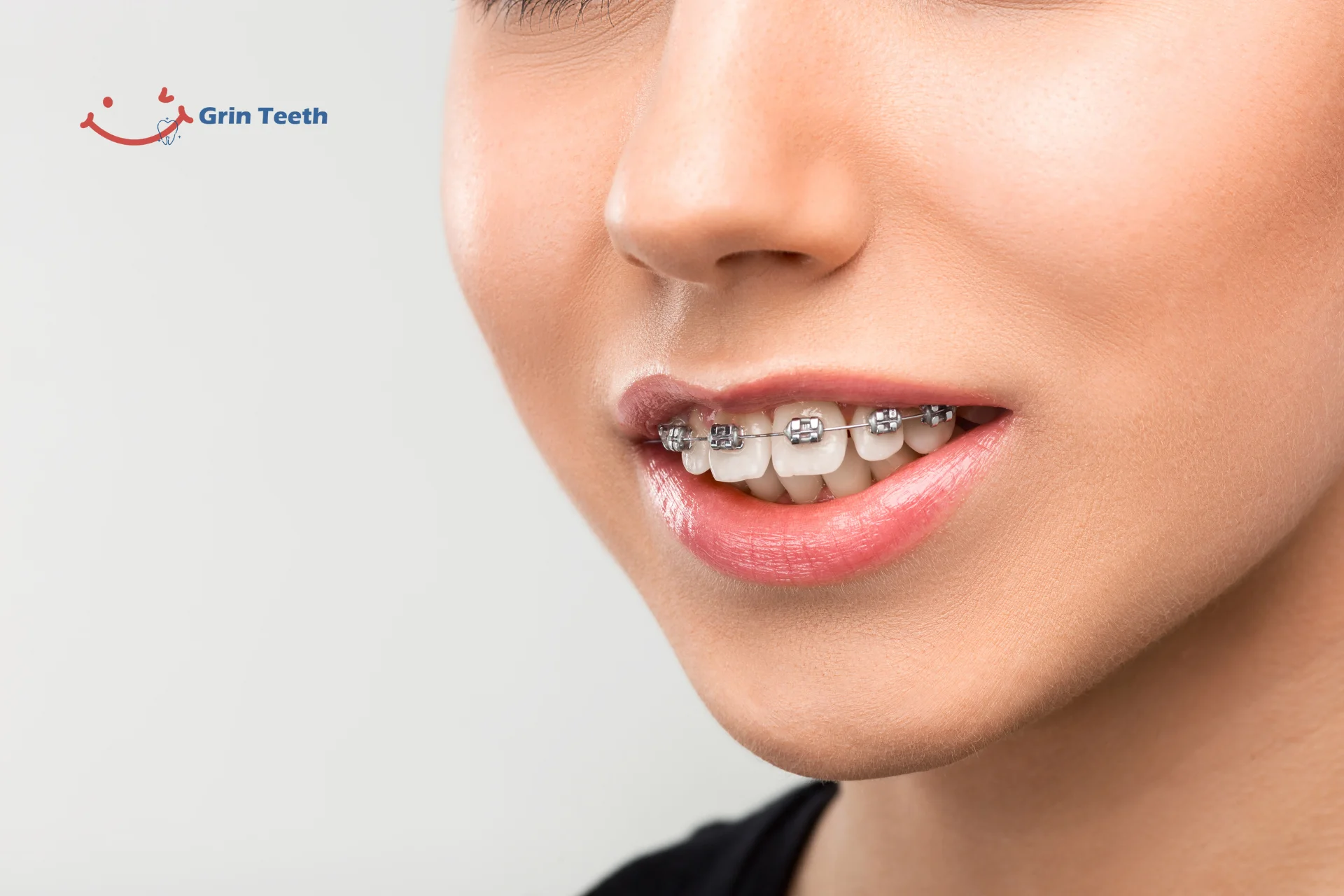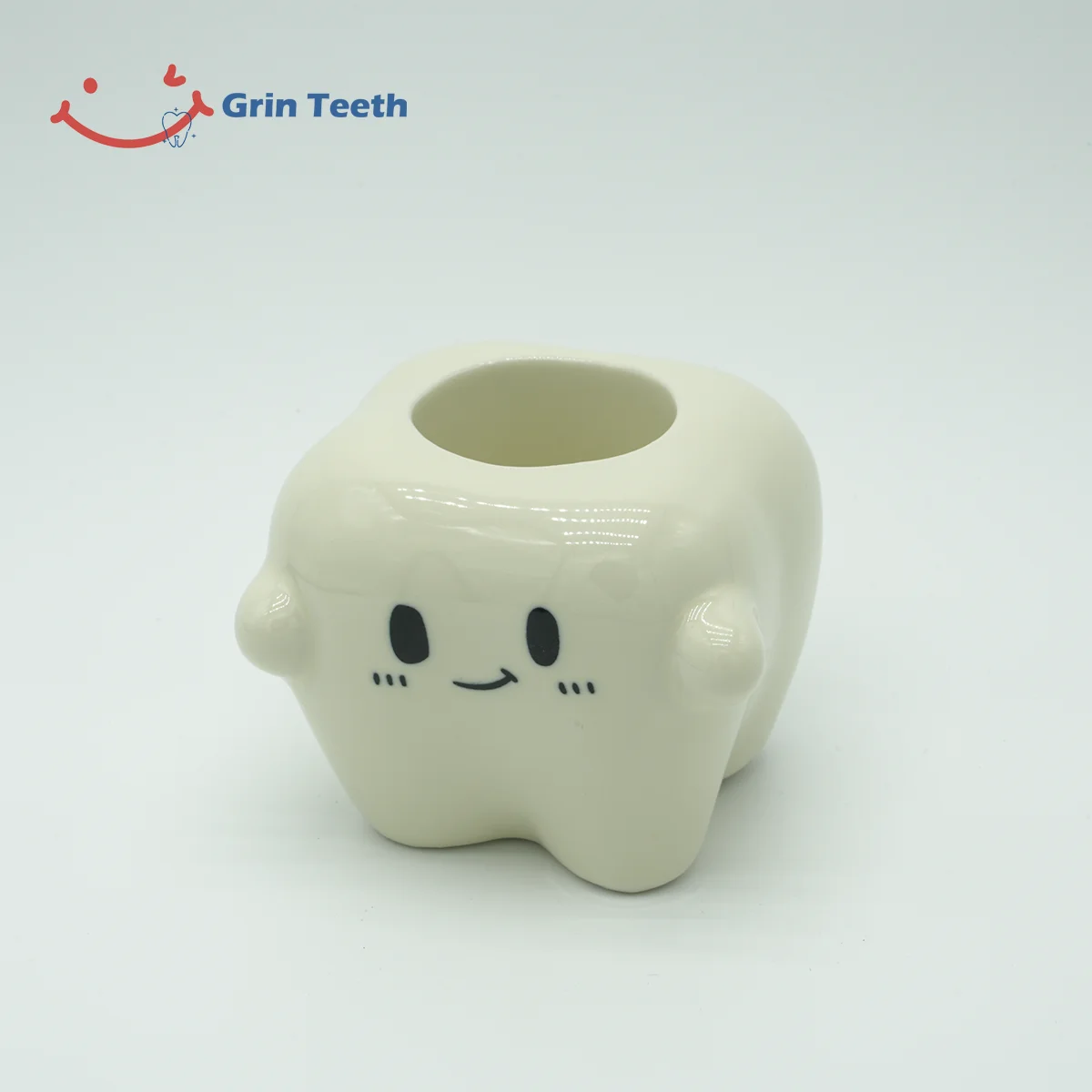Most parents see baby sucking thumb in the first months and wonder what’s normal and what needs guidance. This article explains why babies suck their thumbs, when the habit becomes a concern, and how to stop it gently with age-based steps (0–6m, 6–12m, 1–2y, 2y+).
Is thumb sucking normal?
Sucking is a built-in reflex that helps babies feed, calm, and explore. In infancy, gentle, occasional thumb or finger sucking—especially before sleep—is usually part of healthy self-regulation. It often appears alongside hand-to-mouth play and, in teething months, what many parents describe as baby eating hands.
The important variables aren’t just age, but how often, how long, and how hard the habit is. Gentle and brief typically isn’t a problem; strong, frequent, long-lasting sucking is more likely to change the palate or tooth positions. The American Dental Association summarizes this clearly: The frequency, duration and intensity of thumb sucking determine dental risk.
Why do babies suck their thumb?
Physiology & exploration. Newborns arrive with rooting and sucking reflexes. The mouth is a primary “sensor” early on, so Babies Suck Their Thumbs because it’s the one “tool” that’s always available.
Emotional regulation. Sucking helps down-shift an overstimulated nervous system—especially when baby is tired, overstimulated, or experiencing separation anxiety.
Teething comfort. Emerging teeth make gums itchy; counter-pressure from fingers or teethers soothes. That’s when parents often see baby eating hands.
Habit loops. Repeating the same sequence (thumb → calm → sleep) wires the brain to seek the thumb whenever stress or sleepiness returns.
For reassurance on what’s typical, see this NIH summary framed for parents: Thumb sucking is a normal self-soothing behavior; most children stop on their own by ages 3–4.
The oral stage by age: what behaviors are expected?
0–3 months. Hands hover near the mouth; sucking is mostly reflexive.
3–6 months. Purposeful hand-to-mouth play increases; babies discover fingers as a calming tool.
6–12 months. Teething accelerates. Expect more chewing/gnawing and puddles of drool.
12–24 months. Self-soothing strategies diversify (blanket, routine, favorite toy). Thumb use often fades but may persist at naps/bedtime.
2 years and beyond. Many children naturally taper, especially when busy with play or in group settings. Very strong, frequent, or all-day habits may need a structured plan.
Good news first: what’s helpful about early sucking?
Self-soothing and sleep onset. When calm comes faster, the whole household benefits.
Focus and motor coordination. Babies often suck while visually tracking or practicing hand-eye skills; the posture helps them concentrate.
Transition tool. During big changes—new caregivers, travel—the thumb is a familiar anchor.
These upsides explain why we don’t rush to stop baby sucking thumb in early infancy. We guide it only when the risk–benefit balance changes.
Baby sucking thumb: when to guide or stop
Three checkpoints help you decide:
Age: Many children reduce or stop naturally between 2–4 years.
Habit strength: Strong, frequent, long sessions raise risk.
Dental timing: As the front permanent teeth approach, protection of developing occlusion matters more.
Pediatricians give a practical rule of thumb: Strong sucking beyond ages 2–4 can change mouth shape, but stopping before permanent incisors erupt often self-corrects. In other words, there’s time for gentle, positive guidance—and panic isn’t required.
Possible downsides of a long-lasting, intense habit
Dental & skeletal changes. Open bite, flared upper incisors, a high/narrow palate—these are linked to how hard, how often, and how long the habit persists.
Speech or orofacial function. Some children develop tongue-posture issues or articulation concerns that deserve early assessment.
Skin & hygiene. Chapped or cracked fingers, contact dermatitis, and higher exposure to germs.
Social confidence. Preschoolers may feel self-conscious if adults or peers point it out.
If you see any of the above—or the habit is stressful for your child—it’s time for a plan.

How to Stop Thumb Sucking in Babies (gentle, age-based)
Guiding principles: meet needs first; redirect rather than scold; praise efforts; progress in weeks, not days.
0–6 months: do not actively “wean”; build safety and rhythm
Feed responsively and burp well. Many “hungry-looking” cues are actually fatigue or the need to suck for comfort.
Swaddle or hold for soothing, then place drowsy but awake.
A pacifier can be used once breastfeeding is established; choose a one-piece design, correct size, keep it clean, never tie with a string, and never dip in sweeteners. At this age, baby sucking thumb is usually harmless and short.
Start a bedtime routine (wash → cuddle → quiet song). Routines later become your replacement for the thumb cue.
6–12 months: gentle redirect + oral alternatives
Offer teethers with varied textures; rotate two or three so novelty stays high.
Keep hands busy with floor time, peekaboo, stacking cups, snack cups with soft foods, and outdoor sensory play.
Introduce a comfort object (soft cloth or plush) for naps and bedtime.
When you see the thumb going in, use a light touch reminder and immediately hand a teether or begin a short game. Avoid pulling the thumb out; simply add a better option.
Maintain a short, predictable wind-down to reduce anxious sucking at lights-out.
12–24 months: set boundaries and reinforce wins
Create “thumb-free daytime”: reading, mealtimes, playdates, stroller walks. Keep exceptions only for the last few minutes before sleep.
Use a sticker chart or “star card” for thumb-free blocks (start with 15–20 minutes). Immediate praise beats big distant rewards.
Practice for tricky situations—doctor visits, long car rides—so your child knows which replacement behaviors to use (squeeze ball, chewy tube, favorite song).
If baby sucking thumb spikes during illness or transitions, respond with extra comfort first; boundaries can tighten again once the storm passes.
2 years and up: structured plan and professional back-up
Sit with your child to create a simple weaning plan: which times are thumb-free, which tiny reward follows. Choose easy wins first (morning cartoons, playground).
For nights, try soft mittens or a thumb sock as a friendly reminder. If it’s pulled off, quietly replace once; avoid confrontation.
Keep routines rock-solid: bathroom → brush → story → cuddle → lights.
If the habit stays strong or you notice bite changes, ask your pediatric dentist. AAPD Best Practices on developing dentition recommend considering reminder appliances only with professional guidance. These devices are gentle “speed bumps,” not punishments, and should be tailored and monitored by a clinician.
Pacifier vs. thumb: which is better?
Both can influence teeth if used hard, often, and long. The practical difference:
Pacifier: removable, easier to phase out on a schedule; must be sized correctly, kept clean, and never sweetened or tied with strings (strangulation hazard).
Thumb: always available; success relies on routines, redirection, and reminders.
Pick the route your family can manage most consistently. Either one benefits from limits (thumb-free daytime; pacifier only for sleep) and a taper plan in the toddler years.
Hygiene, skin care, and safe replacements
Finger care. Keep nails short and smooth; rinse and pat dry after outdoor play; use a bland barrier ointment on irritated skin.
Teether hygiene. Choose simple designs without fluid-filled chambers; wash with warm soapy water daily and inspect for tears.
Feeding alternatives. For older infants, offer silicone-tip spoons, chilled soft fruits in mesh feeders, or sippy cups—these provide oral input that competes with the thumb.
Environment. Reduce passive screen time that encourages idle sucking; increase social and gross-motor play that occupies both hands.
Red lines: what not to do
No shaming or scolding. Shame increases stress—and stress strengthens the habit loop.
Skip bitter liquids or peppery sprays. They can irritate delicate tissues and create power struggles.
Don’t immobilize hands. Taping or binding is unsafe and counterproductive.
Avoid constant nagging. Use one neutral cue (“Thumb break”) and immediately offer an alternative.
Never tie pacifiers to clothing or cribs. This is a strangulation hazard.
Night strategies that really help
Keep the last 30 minutes before bed low-stimulation: dim lights, minimal chatter, slow music.
If your child wakes and seeks the thumb, guide their hand to a comfort object or quietly offer a teether, then resettle with gentle pressure on the shoulders/hips.
For persistent nighttime habits, follow these parent-tested tactics from the UK’s health service: NHS reminder therapies and bedtime tips for stopping thumb or finger sucking. The emphasis is on small, repeatable wins rather than one dramatic “quit night.”

When to see a dentist (or pediatrician)
Book an appointment if any of the following apply:
- Your child is over 4 and still sucks strongly and frequently.
- You see open bite, protrusive upper incisors, or a narrow/high palate.
- Speech concerns, mouth-breathing, or persistent drooling worry you.
- Finger skin is cracked, infected, or very sore.
- You’ve worked a consistent plan for 8–12 weeks with little progress.
Early dental visits are preventive, not punitive. The team can measure growth, teach you tongue and lip exercises, coach your home plan, and—only if appropriate—add a custom reminder device for a short period.
Quick FAQs
Is baby sucking thumb a sign of hunger?
Not usually. A truly hungry baby shows feeding cues (rooting, searching, rhythmic mouthing). A recently fed infant who sucks thumb is likely seeking comfort or managing stimulation.
Will the habit ruin my child’s teeth?
In infancy, probably not—especially when the habit is light and short. Risk rises when sucking is strong, frequent, and long-lasting into the preschool years; see the ADA statement above on how those three factors drive dental change.
What if my child only sucks to fall asleep?
That’s common. Start with daytime wins. Then limit bedtime sucking to a short “thumb window” (e.g., five minutes after lights-out), followed by a substitute (hugging a plush, hand on parent’s shoulder). Gradually shorten the window each week.
Should I switch to a pacifier to make quitting easier?
If your toddler is strongly attached to the thumb, some families do switch. It’s acceptable if you follow safety rules and adopt a taper plan (e.g., pacifier only for sleep, then naps only, then weekends only, then goodbye).
How long will change take?
Most families see momentum in 3–4 weeks and solid results by 8–12 weeks. Expect temporary regressions during illness or transitions; return to your routine and praise the next success.
A realistic three-week starter plan
Week 1 — Observe & prepare.
Track the where/when of baby sucking thumb. Build a short, repeatable bedtime routine. Place teethers and comfort objects in every “hot zone” (crib, stroller, car seat).
Week 2 — Win the day.
Declare two thumb-free blocks daily (15–30 minutes). Cue once, redirect immediately, and praise specifically (“You kept your thumb out while we read—high five!”). Start a sticker chart.
Week 3 — Shape the night.
Introduce a thumb window at lights-out (five minutes max), then replace with cuddles, story, or soft mittens as a reminder. Add one small end-of-week reward for collecting stickers.
If progress stalls or you’re worried about bite changes, bring your log to a pediatric dentist; professional coaching plus parental consistency is a powerful combo.
Bottom line
baby sucking thumb is usually a phase, not a flaw. Understand the need, meet it kindly, redirect with structure, and use professional help when the habit refuses to budge. That’s the gentle, evidence-based path to smiles, sleep—and healthy growing smiles.
Disclaimer
This article is for general information and education only and isn’t a substitute for professional medical or dental advice, diagnosis, or treatment. If you have questions about your child’s thumb-sucking or oral development, consult your pediatrician or a pediatric dentist. If an urgent issue arises, seek medical care immediately.


